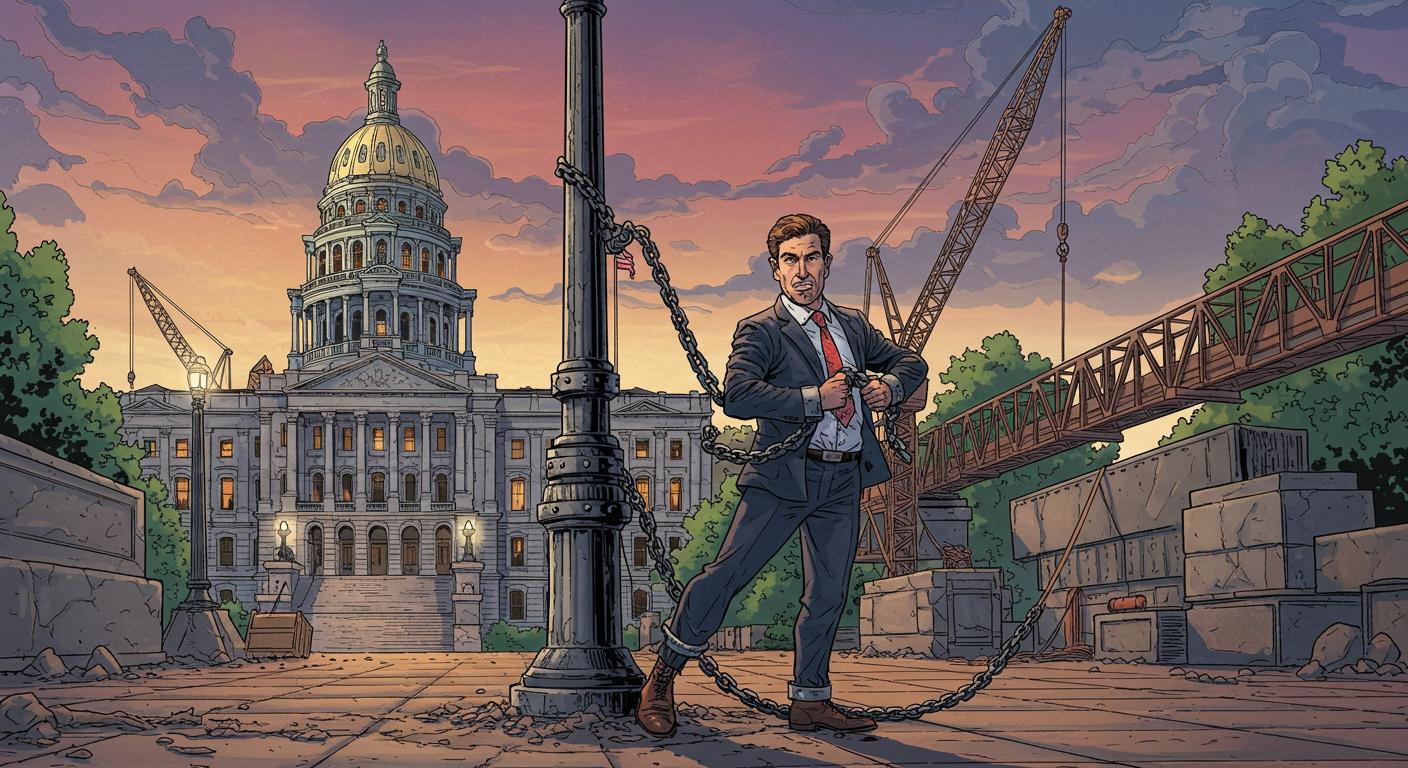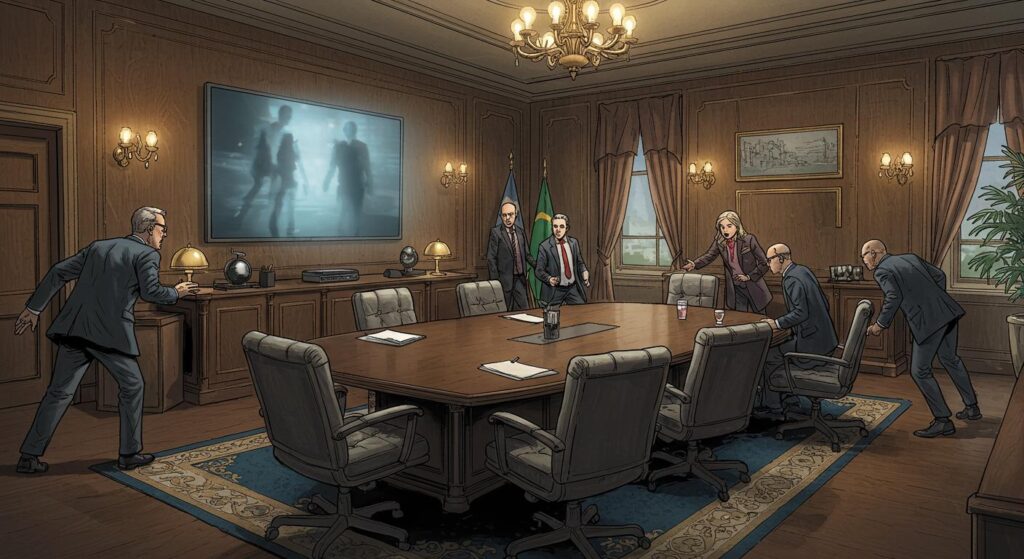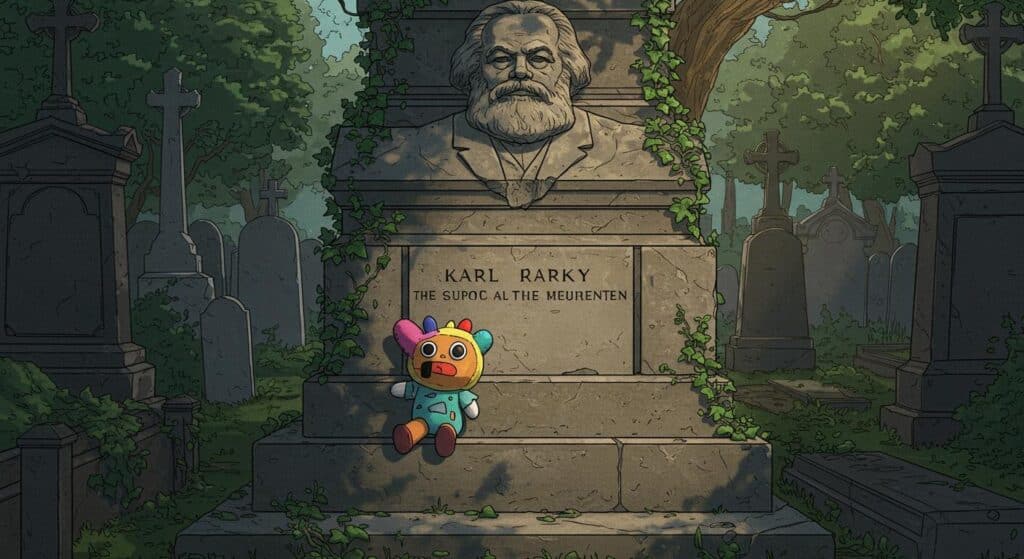It’s not every day a state governor pledges to chain himself to government property to block a project he himself dreamed up. In Colorado, that’s now more than a hypothetical—Governor Jared Polis announced plans to personally protest the $28 million pedestrian bridge he originally championed for the state’s 150th anniversary, an about-face with more layers than the statehouse’s rotunda. As The Colorado Sun documents, Polis took to Facebook to declare, “I will commit my time and effort to prevent this walkway from being built, even if I have to chain myself to the Capitol Plaza to stop it!” The walkway in question? None other than one conceived by the governor to celebrate Colorado’s milestone birthday.
Auditioning for Both Sides of the Protest
Context helps: the bridge, intended to stretch over Lincoln Street in front of the Capitol, was a high-visibility legacy idea from the start. Early renderings underlined the monumentality; funding, reportedly, would come from private sources—though the state had already spent $1.5 million on planning efforts, as both The Colorado Sun and The Durango Herald confirm.
Public response offered the kind of clarity reserved for weather vanes in a tornado. According to both outlets, Polis’s office ran an online poll (an “unscientific” one, they’re quick to note) drawing nearly 90,000 participants. A striking 94% expressed opposition, just 4% expressed support, while the remaining 2% volleyed a polite “maybe.” Both papers point out that the poll wasn’t a rigorous cross-section of Colorado’s demographic diversity or political stripes; but when 94% of nearly 90,000 people are so consistently negative, methodologists and politicians alike tend to take notice.
Grouping feedback from lawmakers, historic preservationists, and the surveying public, both sources detail how the bridge proposal drew virtually unanimous skepticism long before the poll results buttoned things up. In a detail summarized by The Durango Herald and earlier in the Sun’s reporting, the original plan was for the bridge to be covered entirely by private donations—allowing space, perhaps, for the state to claim no taxpayer dollars were at stake, aside from that notable $1.5 million in sunk planning costs.
When the Protest Sign Faces Your Own Office
One element that can’t be ignored: the surrealism of a government leader becoming the leading mascot for opposition to his own initiative. The Sun’s coverage, in particular, details the sequence, from championing the bridge to vowing to personally block it—prompted, it seems, by a combination of legislative chill and signature disapproval from a populous online audience. The Durango Herald also reports on the speed with which the governor’s public shift followed the avalanche of negative feedback, leaving political observers scratching their heads. Irony abounds: is this radical responsiveness, or a pivot worthy of a Cirque du Soleil acrobat?
It raises the question: is this a masterclass in listening and political humility, or simply an exercise in salvaging narrative control from the jaws of near-universal rejection? The governor, in taking up the protestor’s chain, efficiently preempts external demonstrations and quickly lays the matter to rest. The project is, as both papers phrase it, “all but dead” following the poll results and public outcry.
A Bridge (Mostly) to Nowhere
There’s something inherently amusing—perhaps endearing, if you enjoy bureaucratic quirks—about a leader going to such literal, public lengths to showcase alignment with constituents. Lawmakers and preservationists had already rendered the initiative an unlikely winner, as both sources highlight, but Polis’s promise to chain himself to the plaza takes policy reversal to a rare, photogenic extreme. Why let critics project you as out of touch when you can become the center of the crowd—chain and all?
Perhaps what we’re seeing is the ideological descendant of those classic “I heard you!” listening tours, but with more hardware-store flair. Or maybe it’s simply a sign of the times, when public feedback loops accelerate fast enough that yesterday’s celebration plan becomes today’s protest cause, all before the ribbon-cutting ceremony was ever scheduled.
Every Anniversary Needs a Story
Ultimately, the project joins a sizable collection of “landmark” ideas that proved unmoored from public support. Both The Colorado Sun and The Durango Herald detail how, despite early intentions for private funding and ceremonial fanfare, the bridge proposal collapsed under the dual weight of public polling and historic preservation priorities. The state is left with a $1.5 million planning investment, no new pedestrian bridge, and—most enduringly—a story for the next sesquicentennial trivia contest.
Still, you have to wonder: what might have happened had the poll been less lopsided, or the architectural drawings more inspiring? When protest placards are pre-written by the person who designed the thing in the first place, it’s safe to conclude that Colorado’s 150th birthday will be remembered for a most unexpected (and relatively inexpensive) political spectacle. Just one question remains—if the governor eventually shows up to chain himself to the plaza, who brings the snacks?







